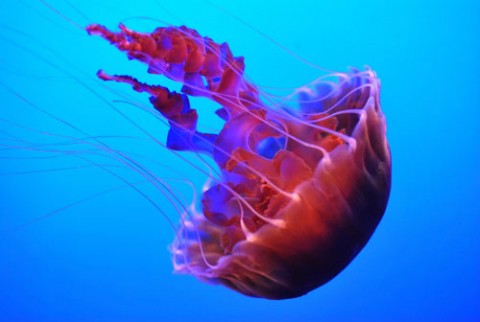 A major paradigm shift is needed in relation to “green” cleaning products that are used aboard ships. Standardizing the use of these items is critical to ensure the “real” safety of the environment while maintaining best practices for preserving equipment on an ongoing basis. While other aspects of maritime operations have detailed requirements and regulatory oversight, the use of some cleaning products, particularly those claiming to be environmentally friendly, are not well understood.
A major paradigm shift is needed in relation to “green” cleaning products that are used aboard ships. Standardizing the use of these items is critical to ensure the “real” safety of the environment while maintaining best practices for preserving equipment on an ongoing basis. While other aspects of maritime operations have detailed requirements and regulatory oversight, the use of some cleaning products, particularly those claiming to be environmentally friendly, are not well understood.
For example, existing guidance via the EPA’s “Design for the Environment (DfE)” or “Green Seal” is not targeted to the aquatic environment. The criteria is focused on land-based applications that also have waste water treatment facilities. The land-based scheme is based on toxicity of cleaning product formulations, residue to treat, etc. The bottom line is it is treated before release, which is not necessarily analogous to onboard applications.
The DfE products are less toxic than their predecessors and are designed to be readily biodegradable, meaning they will provide complete biodegradation by way of converting their components into carbon dioxide and water within 28 days. The substance of DfE and other products could be any number of items, such as a cleaner/degreaser, neutral cleaner, window cleaner, barge cleaning product, etc.
However, to open another "can of worms," products are often so altered by industry, that questions arise as to whether a formulation of components, which individually may be readily biodegradable, may continue to biodegrade to their natural state in 28 days or less. This is a much larger and more technical discussion/argument than is appropriate here. Suffice to say that all aspects of the issue must be taken into consideration when looking to improve the true viability of these purportedly “green” products.
The goal should be to qualify cleaning products used aboard ship and the quantity stored, based on their toxicity to the aquatic environment. There is precedence for this kind of scheme. The Centre for Environment, Fisheries and Aquaculture Science (Cefas) is a world leader in marine science and technology, providing innovative solutions for the aquatic environment, biodiversity and food security. The Offshore Chemical Notification Scheme (OCNS) manages chemical use and discharge by the UK and Netherlands offshore petroleum industries. The area of focus is the North Sea.
The shipboard waste stream is part of a contained gray water, system. The system essentially holds this waste stream until arrival at port in some cases, and it is pumped off to be treated ashore. Or, where permitted, it is discharged into the ocean beyond the 3 nautical mile limit.
Let’s briefly review what is in the gray water and its most prolific sources. The galley and other food prep areas are major contributors, with cleaning products, fats, oils, and grease (FOG). Commonly used housekeeping cleaning products include window cleaners, soaps, shampoos, etc. There is a great deal of water with “stuff” in it in the gray water holding tank. “Stuff” that would be treated in a wastewater treatment facility ashore and “stuff” that gets discharged, where permitted, at sea WITHOUT treatment.
It is generally acknowledged that products other than oil, such as solvents, etc., are discharged overboard as they are not detected by the oil content monitor and OWS. This unsafe and irresponsible practice is polluting the oceans with unknown quantities of phosphates, caustics and alkalis, for instance, all because we are not focused on using the best products, not only for the ocean and the environment, but for desired results in the cleaning process.
Clearly the government is not the answer. I am suggesting that Classification Societies set and agree on a scheme or provide a listing of products that are acceptable for shipboard use and the quantity permitted on board. The evaluation criteria has to be based on toxicity to the aquatic environment and be directed to cleaning products that find their way into the bilge and gray water.
The listing should include products such as cleaning products, solvents, oils/lubes, etc. There may be several levels of acceptability from poor to great. Most importantly, products used would be subject to evaluation at inspections and a weight given to encourage the use of the least toxic products.
Making changes now means getting ahead of potential incoming regulations. The projections are for the shipping and cruise industries to continue to grow. As a collective, we need to take greater steps, on our own initiative, to create a cleaner, greener environment and foster more socially responsibility by urging this much needed change.


